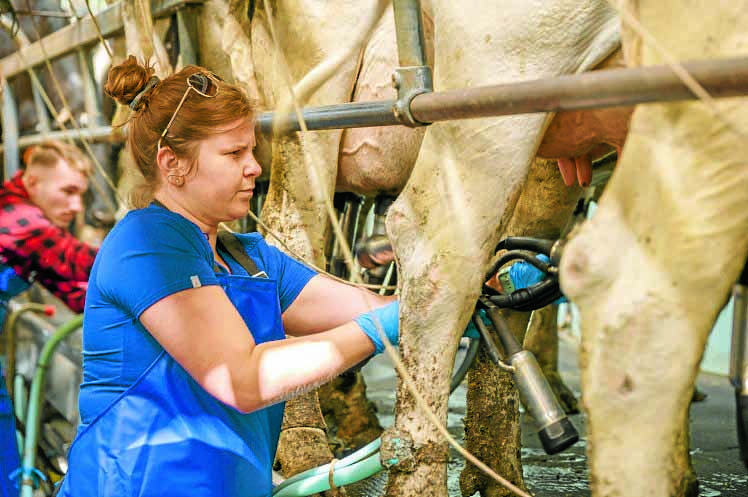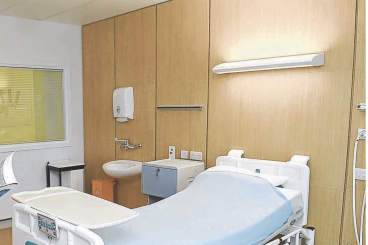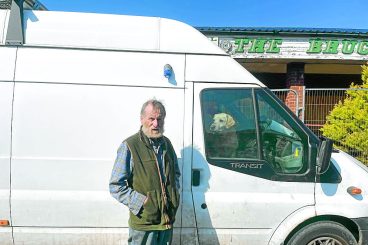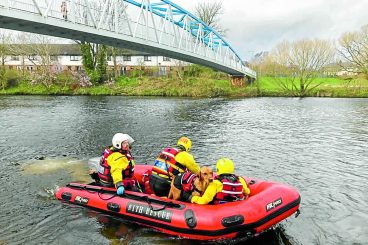US Army veterinarians have been learning about livestock farming and the veterinary sector in the UK at Scotland’s Rural College (SRUC).
About 20 vets and animal care specialists from US Army Public Health Command Europe, who are based in Germany, Italy, Spain, Turkey and the UK, visited the Barony campus and Crichton Royal Farm, to gain large animal handling experience.
The three-day course included the theory of livestock handling and flight zones, as well as a practical introduction to handling systems and working safely with livestock.
It also covered examination of livestock, safe medicines use, routine hoof care, plus sessions on entomology, microscopy and parasitology. The final day focused on calf rearing and handling, grassland management and milking.
Commenting on the collaboration between the two institutions, vice principal of skills and lifelong learning at SRUC Mary Thomson, said: “This CPD course offered US Army veterinary and technical staff an introduction to UK livestock farming and veterinary sector in a Scottish context with related overlap to European production systems.
“Course attendees had an opportunity to refresh their practical livestock skills and receive an update on farming systems, including undertaking training at SRUC’s Hill and Mountain Research Centre and dairy facilities.
“The diverse programme also included opportunities to update knowledge and understanding in livestock health and production systems, use new technology and refresh laboratory and surveillance skills.”
US Army veterinarian and public health activity – Italy deputy commander Major Craig Calkins, added: “Working collaboratively with universities, such as SRUC and the University of Wyoming, allows our soldiers the opportunity to learn from subject matter experts outside of the normal scope of Army operations. The combination of expertise from Europe and the United States ensures real world training at a volume that sustains muscle memory of critical tasks.
“The partnership with academia provides a primer opportunity for soldiers to address the most relevant challenges currently reflecting readiness.”























